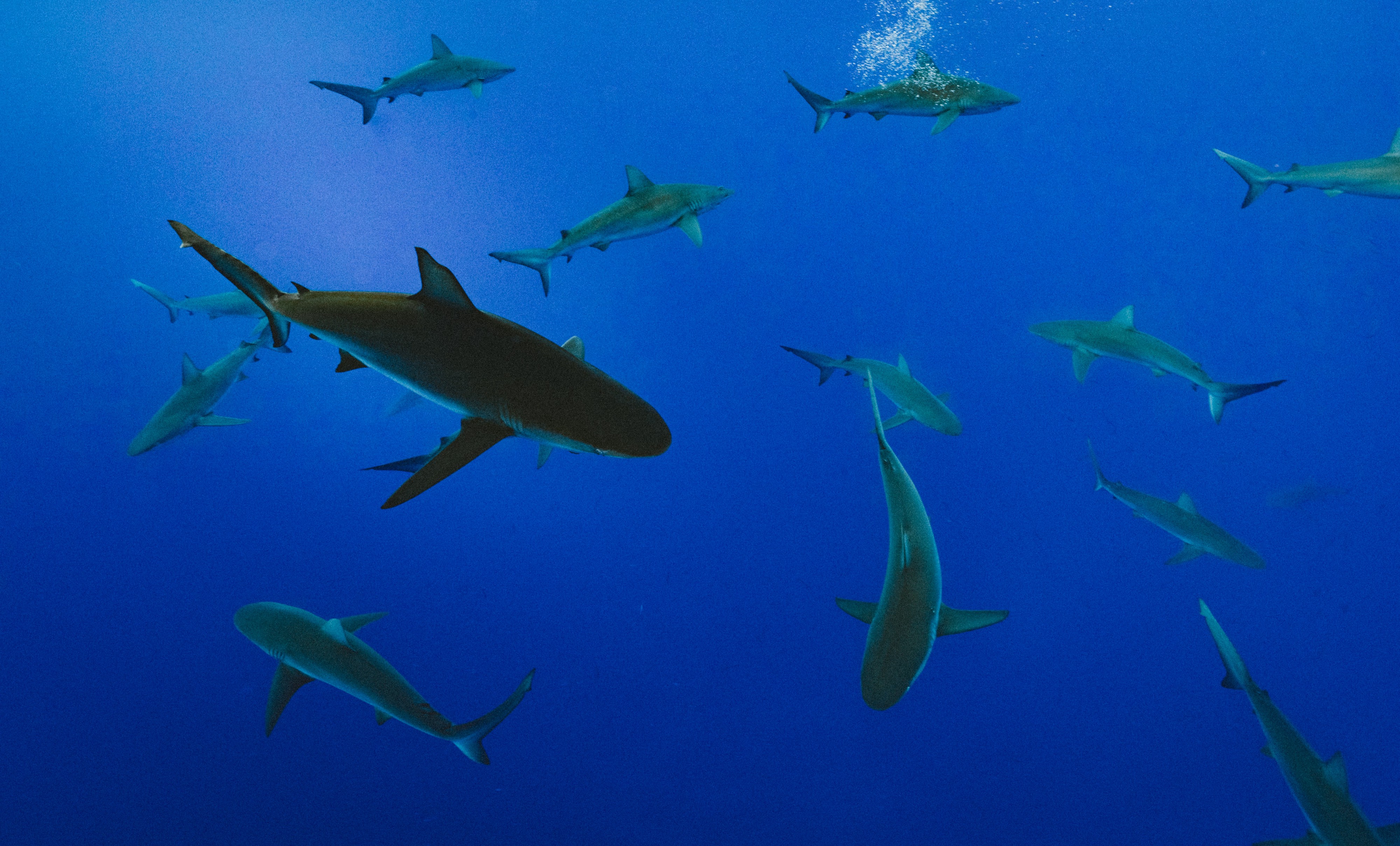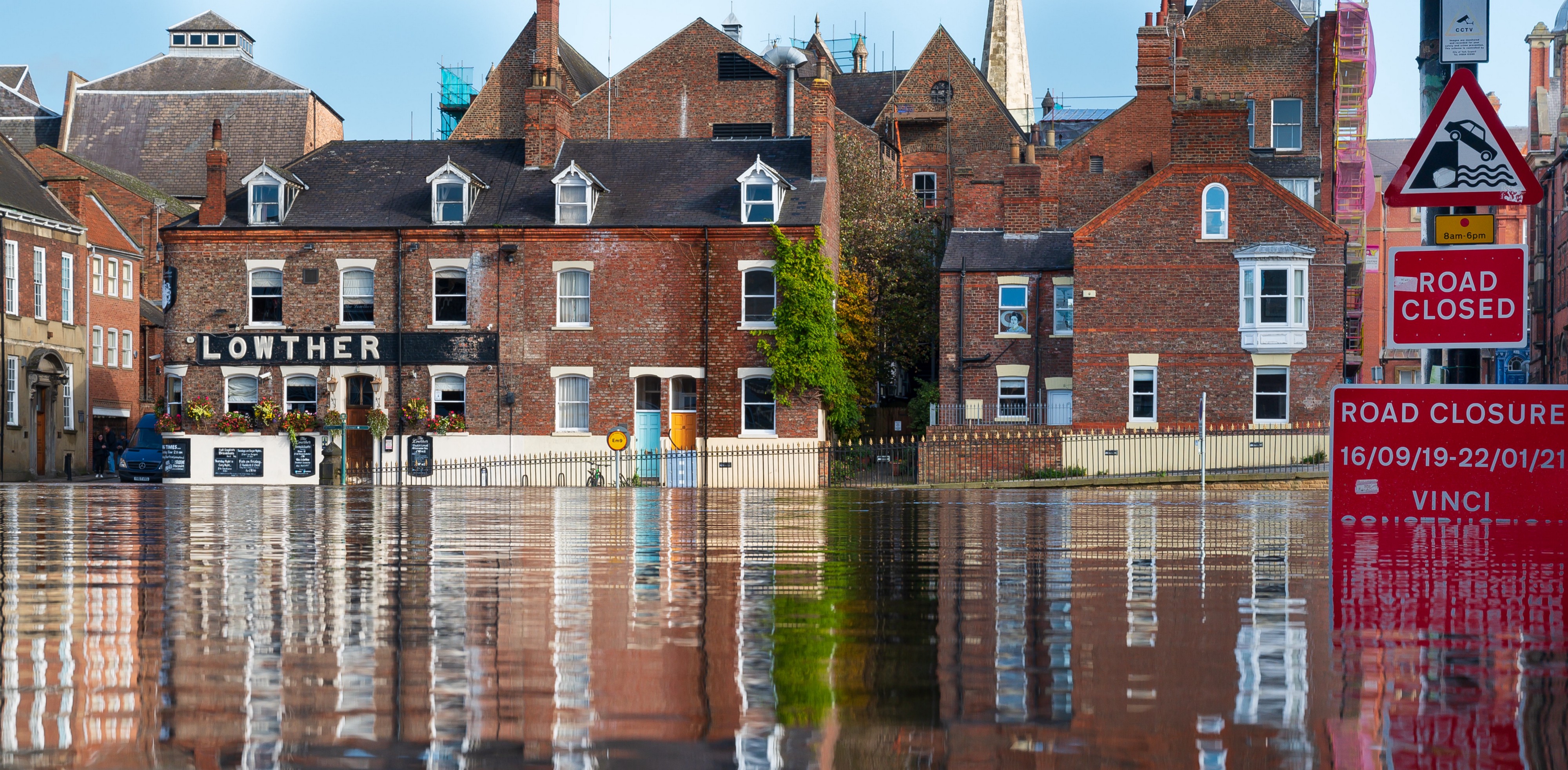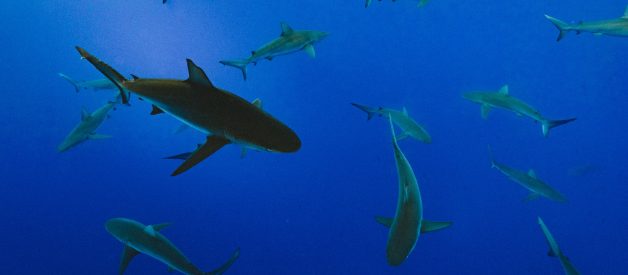Climatologist says it will crush humanity like a bug
 Photo by Jakob Owens on Unsplash
Photo by Jakob Owens on Unsplash
The ? Blue Ocean Event,? or BOE, where for the first time in human history, virtually all of the ice will be melted from the Arctic seas, may happen as early as September of 2020. Climate Systems Specialist Paul Beckwith predicts the BOE, when less than 1 million square kilometers of ice is left will happen this year.
Wait, what? All of the ice gone from the Arctic? Of course, there is no landmass at the North Pole like there is at the South Pole with the continent of Antarctica. So if the ice cover on seawater vanishes, why will that be a big deal?
How does Ice Form?
Do you remember learning about the heat-absorbing qualities of ice versus water in science class? The bottom line is, ice has a property called latent heat. Latent heat is the amount of heat it takes to melt a quantity of ice and turn it into water.
And it just so happens, when ice is absorbing heat it doesn?t raise the temperature of the ice at all. This is a really good thing because the Earth?s ice that sits on continents and on oceans keeps the earth cool. This is why some scientists call glaciers and ice sheets the Earth?s air conditioners.
The Earth?s ice formed very slowly over time and begins forming in places where more snow piles up each year than melts. Soon after falling, the snow begins to compress and become tightly packed. It slowly changes from light, fluffy crystals to hard, round ice pellets. New snow falls and buries this granular snow and becomes hard snow and even more compressed. It turns into dense, grainy ice called firn. Over many years, the firn layers build on top of each other. When the ice gets to about 50 meters or about 160 feet deep, it fuses into a huge mass of solid ice.
The last ice age, when most of the U.S. was covered with ice for years was about 10,000 years ago. Even though we are headed back into another ice age, due to the Earth?s tilt and orbit, NASA scientists say we are losing ice worldwide due to global warming. Although the models don?t agree on exactly when the sea ice will be gone, some are predicting it will happen soon. And everyone agrees that will have big consequences.
 Image from NASA
Image from NASA
Impacts of Melting Ice
The processes that remove ice, known as ablation, include melting, evaporation, erosion, and calving of ice shelves. Since Earth?s average temperature has been increasing dramatically for more than a century, more ice melts than new ice accumulates.
The melting ice sheets contribute to negative consequences such as
-Rising sea levels
-The addition of tons of freshwater are added to the ocean every day and large icebergs are created by calving of ice masses that create hazards for shipping.
-Additional freshwater dramatically changes the ocean ecosystem. This annihilates saltwater organisms that cannot adjust to a new freshwater habitat.
-More freshwater changes salinity currents, which impacts ocean and circulation patterns and climate.
-The loss of glacial ice also reduces the amount of freshwater available for plants and animals that need freshwater to survive. Think about the melting Himalayan glaciers that supply billions of people in China and India with their water.
A Horrifying Prospect
Ice at the poles and in glaciers is hugely important. Number one, as we discussed ice absorbs a ton of heat. As we sit here, with high-temperature records falling in the Arctic, in the southwest, and other places during another record-setting year of warming, the ice that is left absorbs enormous quantities of heat that humans create through the burning of fossil fuels and consumption.
Number two, once the ice turns to water, the water absorbs heat too, but the sun?s energy raises the temperature of the water quickly. Losing most or all of our Arctic ice is a horrifying prospect for a couple of reasons. First, there will be no ice to absorb the heat and stabilize the temperature. Second, when the water molecules heat up, and the temperature goes up, the water holds the heat, and the water expands. When the water takes up more space, sea level increases even more.
 Photo by Andy Falconer on Unsplash
Photo by Andy Falconer on Unsplash
The Blue Ocean Event
Climatologist Paul Beckwith is very concerned about the Blue Ocean Event (BOE). He states that the models do not reflect what is actually happening, which in reality is much more accelerated. But the scenario he and other scientists describe looks like this.
As usual, new ice, which is frozen ocean water, will grow in the winter and melt in the summer. But since it is melting so fast it doesn?t last from year to year. As sea ice survives through several melt seasons, its characteristics change.
According to NASA JPL Scientist, Ron Kwok, multiyear ice is thicker, stronger and rougher than seasonal ice. It is much less salty than seasonal ice; Arctic explorers used it as drinking water. Satellites can determine the differences between the multiyear and seasonal types of ice. Thinner, weaker seasonal ice is more vulnerable to weather than thick, multiyear ice. It can be pushed around more easily by wind, as happened in the summer of 2013.
Kwok wrote, ?In the past, sea ice rarely melted in the Arctic Ocean. Each year, some multiyear ice flowed out of the ocean into the East Greenland Sea and melted there, and some ice grew thick enough to survive the melt season and become multiyear ice. As air temperatures in the polar regions have warmed in recent decades, however, large amounts of multiyear ice now melt within the Arctic Ocean itself. Far less seasonal ice now thickens enough over the winter to survive the summer. As a result, not only is there less ice overall, but the proportions of multiyear ice to seasonal ice have also changed in favor of the young ice.?
Kwok reports that seasonal ice now grows to a depth of about six feet (two meters) in winter, and most of it melts in summer and that basic pattern is likely to continue. The Arctic Ocean?s older, thicker blanket of sea ice is nearly gone. What remains is younger, thinner, more variable seasonal ice.
An Ice-free Arctic Within a Decade
So what can we expect to happen once the BOE occurs and we lose virtually all of the ocean ice, most likely in September, when we observe sea ice minimums? Paul Beckwith maintains there is no question we will have the BOE, it?s only a question of when it will happen. And he thinks it will happen in September 2020.
Beckwith notes a 2018 journal article by climate scientists Julienne Stroeve and Dirk Notz in Environmental Research Letters that concludes:
?Decadal ice loss during winter months has accelerated from ?2.4 %/decade from 1979 to 1999 to ?3.4%/decade from 2000 onwards. We also examine regional ice loss and find that for any given region, the seasonal ice loss is larger the closer that region is to the seasonal outer edge of the ice cover. Finally, across all months, we identify a robust linear relationship between pan-Arctic SIE [seasonal ice extent] and total anthropogenic CO2 emissions. The annual cycle of Arctic sea ice loss per ton of CO2 emissions ranges from slightly above 1 m2 throughout winter to more than 3 m2 throughout summer. Based on a linear extrapolation of these trends, we find the Arctic Ocean will become sea-ice free throughout August and September for an additional 800??300 Gt of CO2 emissions, while it becomes ice free from July to October for an additional 1400??300 Gt [gigatons] of CO2 emissions.?
Let that sink in. They see a linear relationship between our CO2 emissions and ice melting, and the rate of ice melting is accelerating.
Based on this and other research, Beckwith believes the most likely scenario is the following:
- After the first Blue Ocean Event (less than 1 million square kilometres of ice left) with open water in September, within a few years, open water will occur for August, September, and October.
- Within a few more years, July and November will also become ice-free.
- Within a decade the entire Arctic Ocean will be ice-free.
This will accelerate the positive feedback loop, where reflective, absorbent ice melts to heat-absorbing less reflective water, thus accelerating the already dangerous rate of warming. This, as Beckwith says, is how the BOE will crush humanity like a bug.
* * *
If you enjoyed reading this today, consider connecting on LinkedIn, Twitter, Instagram, or Facebook.


